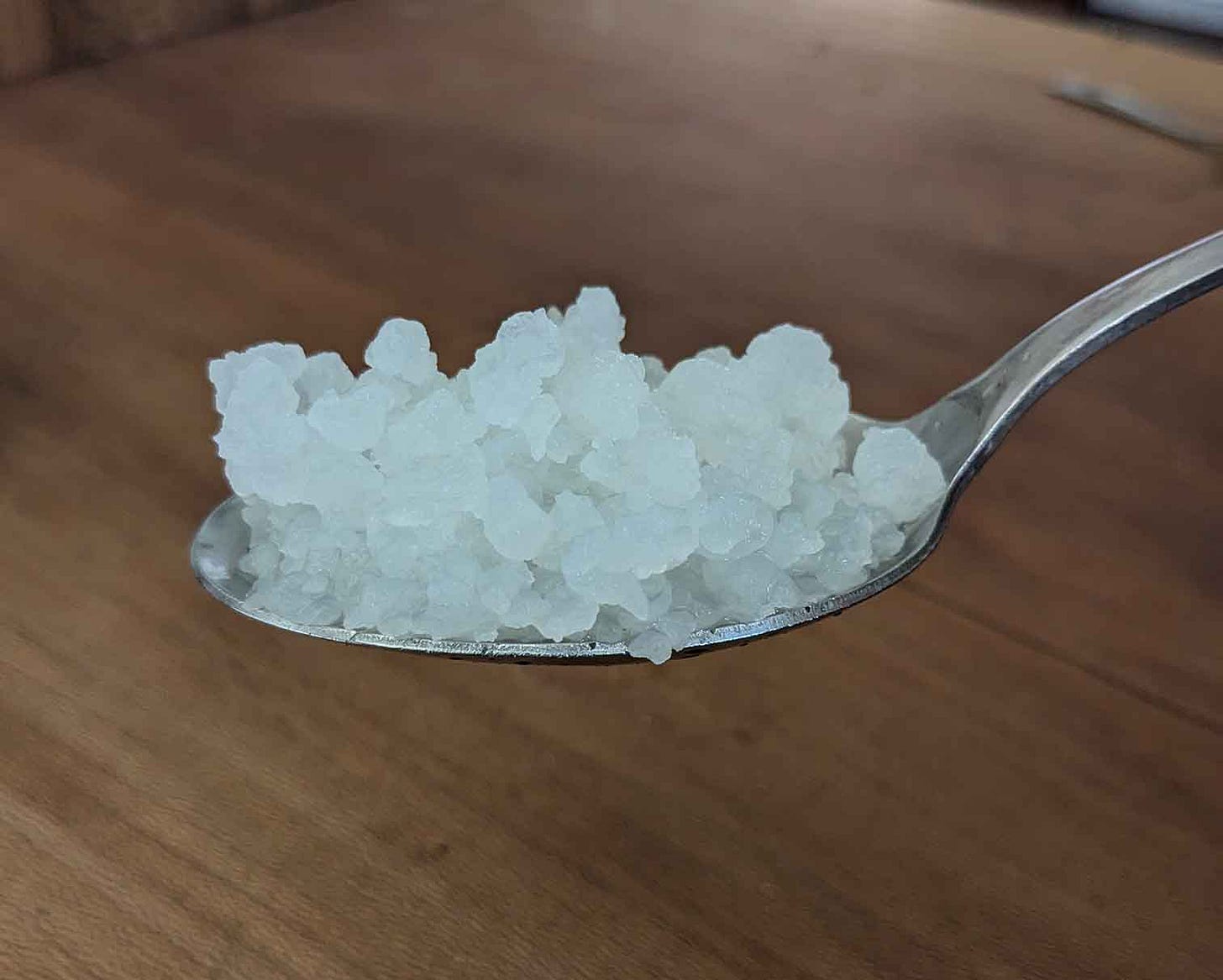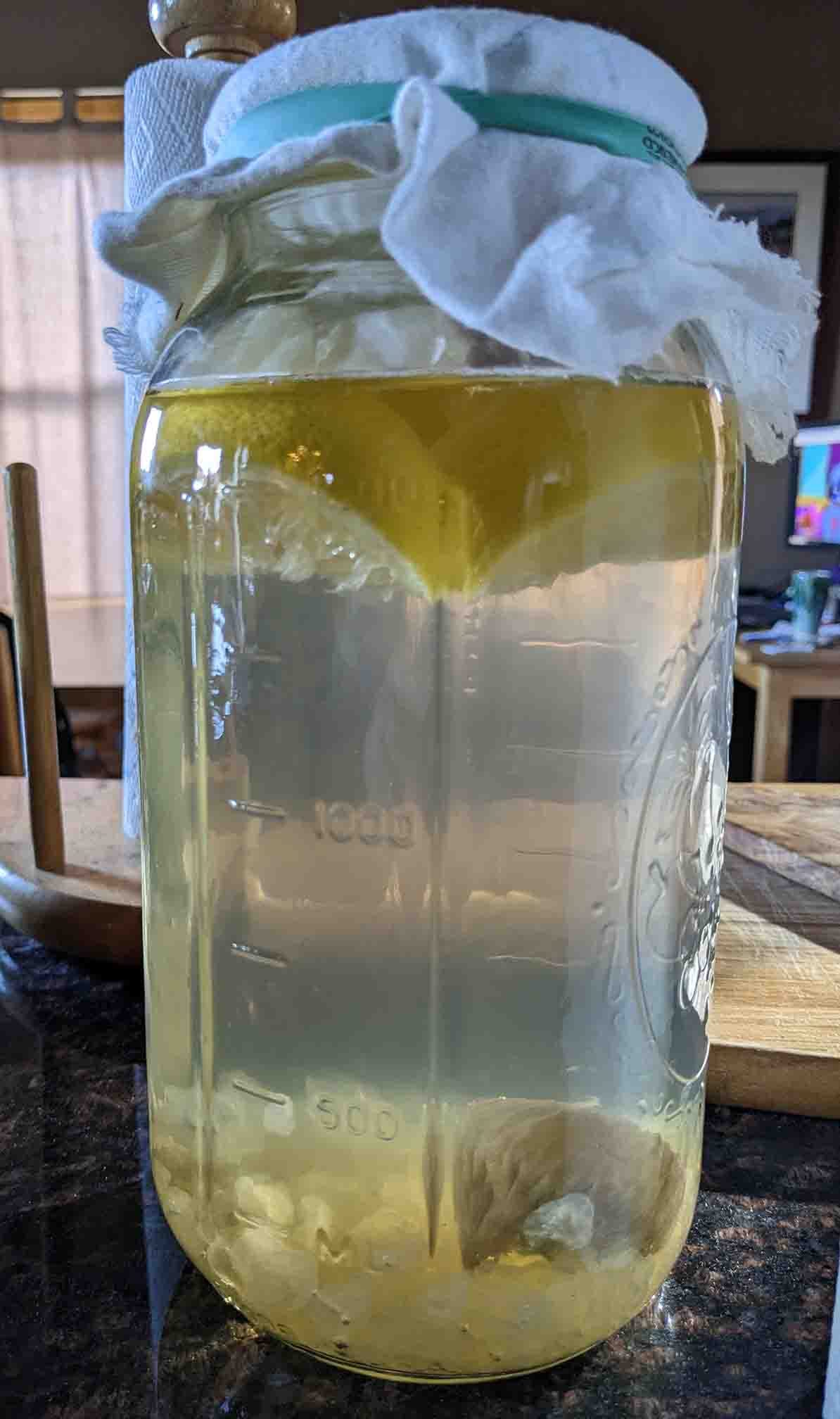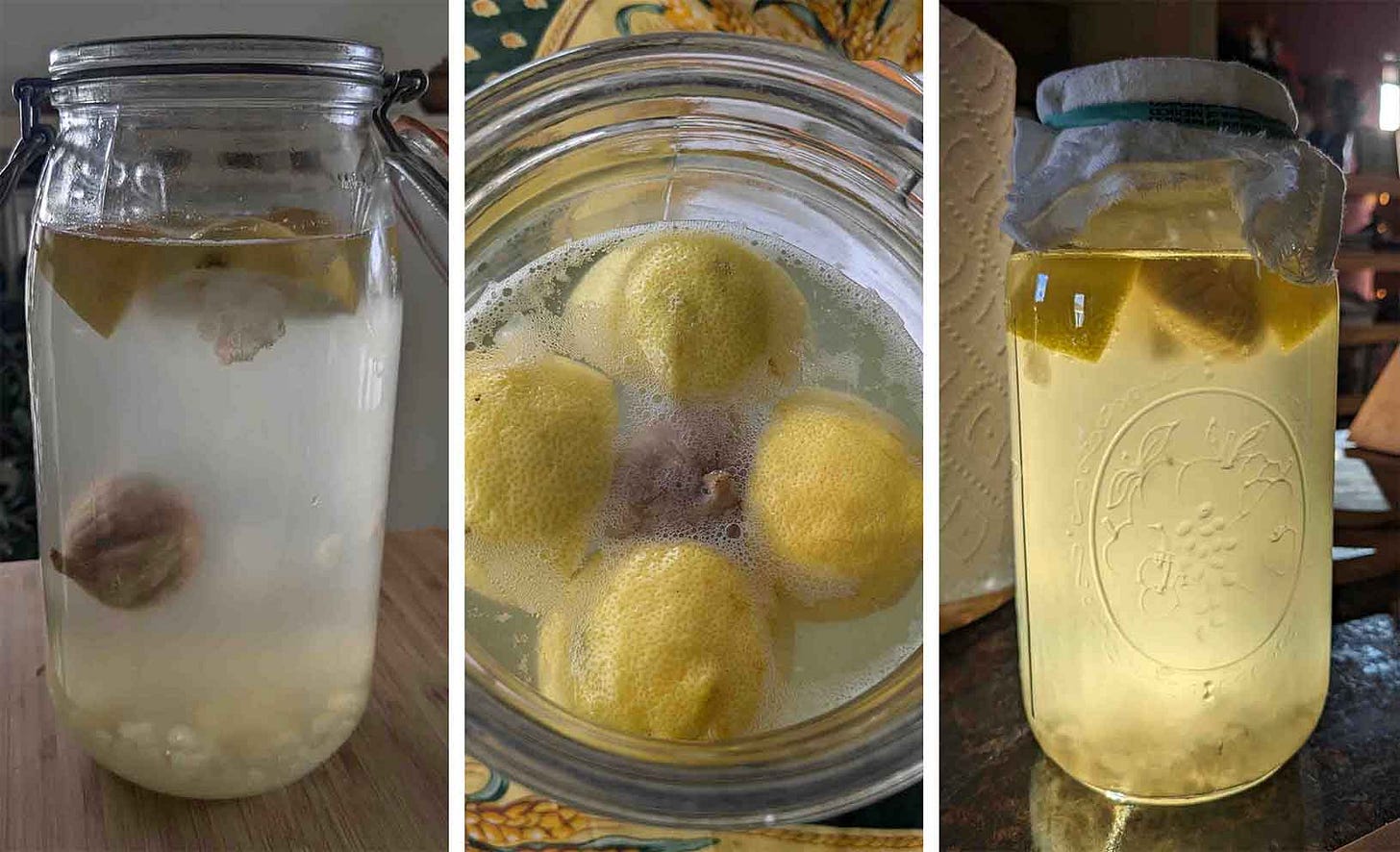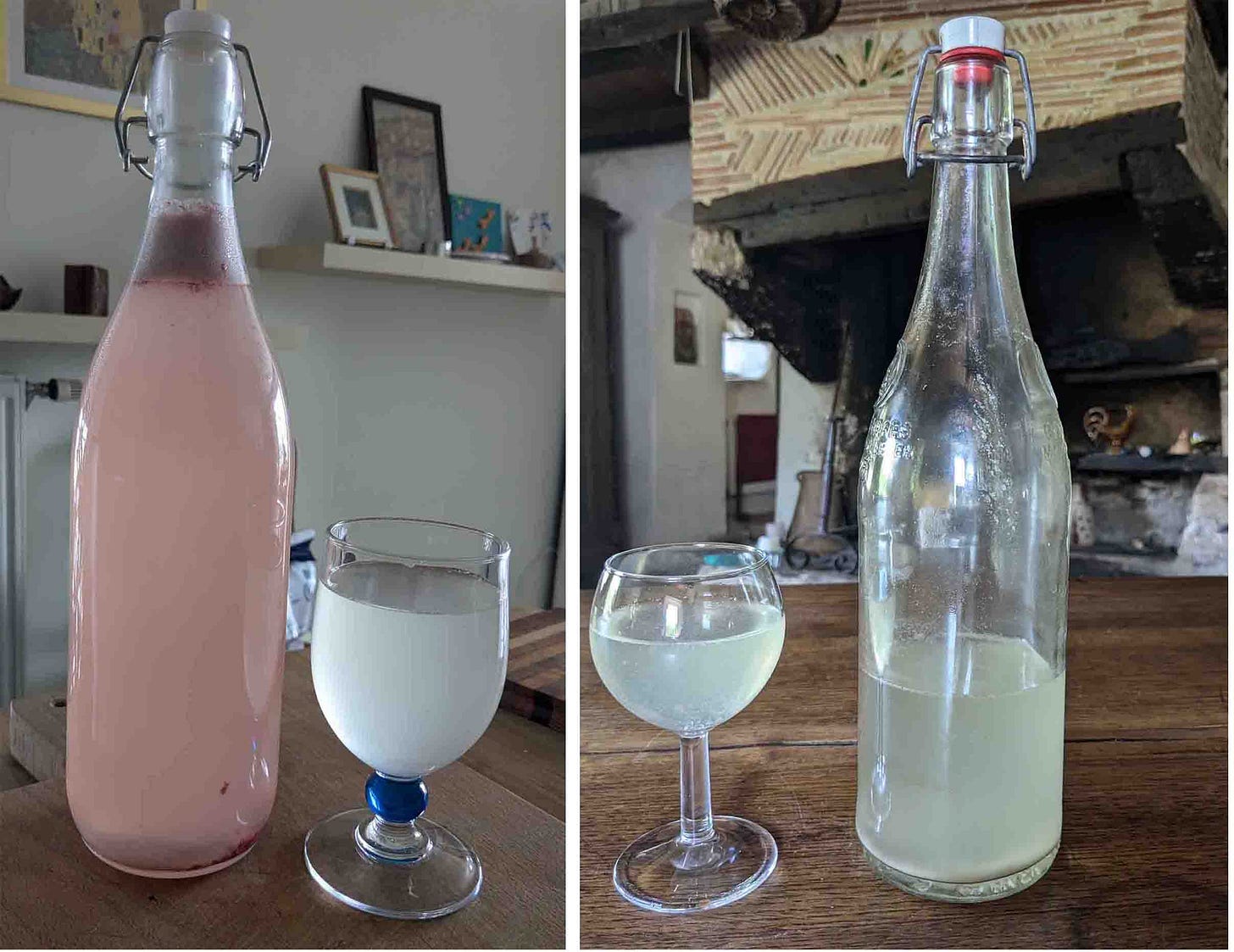Dear readers,
It’s been almost month since I last published an article. I’ve been on vacation.
As I described in this piece, the French take their vacations seriously and use them as time to disconnect completely from work and the other constraints of normal, day to day life. For once, I tried to follow Christian’s example. I succeeded in going up to five days without checking my email, but not more than that. He can go up to five weeks without checking his, as he demonstrated during his trip to the US in 2022. I dropped most of my academic work, including this newsletter, but I couldn’t help taking notes and of course photos for later entries.
We spent two weeks in Ireland – photos and posts about that will be coming soon. Then I attended a conference in Oxford, spent a few days in Lyon, and then a week at my favorite farm in the south of France where I drank in the green, the quiet, and the company. A highlight, as always was enjoying long meals with friends at the table that was the inspiration for the title of this Substack, pictured here.
For this week, I’m continuing the series I started before vacation on probiotics and other cultures that live in my refrigerator. Today’s focus is water kefir.
My water kefir culture comes from the farm in the south of France: I have kept it alive for a year so far. Water kefir is made from “kefir grains,” like milk kefir, but the composition of bacteria and yeast species is different and considerably more varied.
Cultures are passed from person to person, and no one has yet succeeded in identifying where they originally came from. In French, water kefir is called kefir de fruits (fruit kefir) or la limonade des pauvres (the lemonade of the poor).
The recipe that I was taught at the farm is the same one that has been handed down for generations: One liter of tap water; 40 grams of kefir grains; 40 grams of sugar; one dried fig; one half of a lemon. The water should be without chlorine – you can get rid of the chlorine by boiling the water and letting it cool, or letting it sit uncovered for 24 hours. For the sugar, most people recommend an organic, unbleached version: the grains seem to grow better with the nutrients in these than in refined white sugar. In the US I usually use organic free trade cane sugar. The lemon should be organic, since you are putting it in peel and all, as should the fig.
Dissolve the sugar in the water, add the grains, fig, and lemon, and cover with a cloth. Let sit on the counter 24 to 72 hours.
As it sits, the fig will slowly rise, and the water will transform into a much cloudier kefir.
Like kombucha, you have to taste it to decide when it’s ready: if it’s still very sweet, you need to let it sit longer until it reaches a point where there is also a sour or tangy taste to go along with the lemon and slight sweetness.
Also like kombucha, you can drink it as is or seal it in bottles for secondary fermentation. Water kefir will ferment in the bottle and make bubbles without adding any additional fruit sugars, but many people do add them – for faster carbonation and for flavoring. I sometimes leave it plain and sometimes add the same raspberry powder that I use for my kombucha. Whether I add that or not, I let it sit another 24 to 48 hours (depending on how warm it is) on the counter for secondary fermentation.
On the left, a bottle that I made in Lyon with raspberry powder and the glass of plain water kefir (that wouldn’t fit) which I drank. On the right, plain water kefir at the farm.
For advice on what kinds of bottles to use and how to avoid explosive accidents when opening, follow the same advice from the previous article on kombucha.
Water kefir is a probiotic that supports the gut microbiome. Since I don’t like milk and can’t imagine drinking milk kefir, I prefer this version. I also like having it on hand as a fizzy drink to have during the apéro or in the evening since it doesn’t have any caffeine and I know that it won’t keep me awake. The amount of caffeine in kombucha is not very much, but it is unavoidable since the kombucha SCOBY needs tea to survive.
There is increasing interest in water kefir, so if you haven’t heard of it already I expect you will soon, from a source other than this article. In January, 2024 the French National Museum of Natural History launched a project called Kefir Ensemble (Kefir Together) inviting citizens to participate in a public science project by undertaking one year, ideally 100 cycles, of continuous water kefir cultivation with grains provided by the project. At the end of the year, people will mail (some of) their grains back to the scientists, who will analyze them to understand more about their composition and development. Here is the link for the project, which you can easily read in English in a Chrome browser by using the Translate function: https://www.kefirensemble.org/homepage. Their recipe is identical to the one I use except for the lemon: they use ¼ rather than one half.
I’ve noticed dried water kefir grains for sale in at least one coop so far in the US, and you can also order them online. It’s a light, tasty, summery beverage that is also good for you. Why not give it a try?







I learned a few weeks ago that the flip-top gasketed bottles are called limonadiers. I wondered why, since US lemonade isnt carbonated.
On another note, is the fig in there more for flavor or as a bobber to show when it's ready? The answer is usually "both" on longstanding traditions like this.
This was very interesting, thank you.